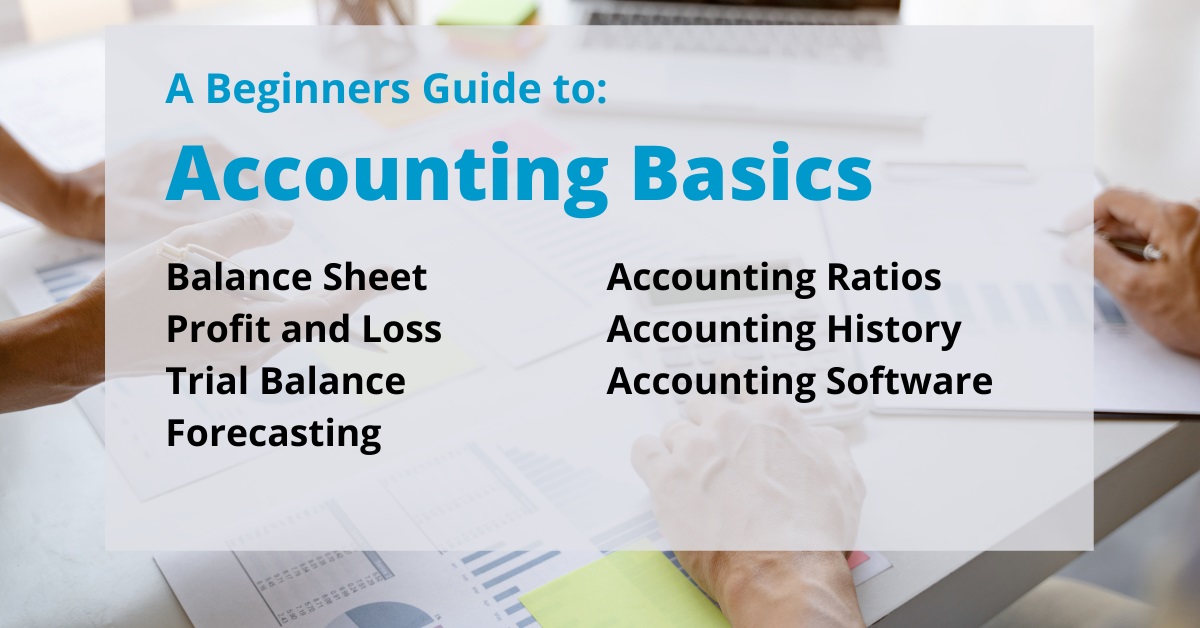To be able to function, every business involves some form of accounting because accounting encompasses buying, advertising, banking, assets, liabilities and taxes. The basics of business accounting will be the same in one company to another, with dissimilarities in the details depending on kind of company and exactly how it can business. A company cannot operate without at least some basic accounting ideas in place. Basic accounting provides information to identify and classify financial ventures. Business owners often need basic accounting skills to control their company’s financial information. Companies might consider joining basic accounting lessons at an area university to boost their knowledge of business accounting. Websites and business ownership workshops are casual resources business owners can use to boost their basic accounting knowledge for smaller businesses.
Accounting Basics:
History
Accounting is dependant on Luca Pacioli’s double-entry accounting system. Pacioli was an Italian businessman who developed a simple bookkeeping system where all general ledger debits equaled all general ledger credits. This technique created a self-balancing accounting system owners could use when saving financial trades. Double-entry accounting eventually gave rise to the accounting equation. The accounting formula states that assets equal liabilities plus owner’s collateral.
Debits and Credits
Inside a business accounting system, debits and credits are the backbone. They are present in every facet of the system, because every entry in a general ledger for a small business will contain both a debit and a credit. All debits and everything credits must be equivalent, otherwise an access has gone out of balance and can throw a whole balance sheet off as well. Debits and credits increase and reduce the balance of the profile. With belongings, debits increase and credits reduce. With liabilities, debits reduce and credits increase. A similar holds true with income and expenses, where debits decrease and credits increase income, and debits increase and credits lower expenses.
Property and Liabilities
Belongings and liabilities constitute the accounts on a balance sheet. You will find separate portions for different investments and liabilities with respect to the kind of business. Possessions increase with debits, and lower with credits. Liabilities increase with credits and reduce with debits. Property are whatever a company has that is of value, such as cash, vehicles, inventory, items, says and rights that participate in the company. Assets can also be intangible, such as trademarks. Liabilities will be the opposing, and are commitments the particular one company has to another company. Examples of liabilities include bank cards and lending options.
Income and Expenses
The purpose of the income and expenses portion of a balance sheet is showing where money is coming from and where money is going. Income accounts should is present for each and every different type of company business. Income accounts include sales income, interest income, property deal income and talking to income. Expenditure accounts show where money is going in a small business, such as rent, interest, and amortization, depreciation of assets, maintenance, repairs, phone, salaries, income and utilities. Income and expenditures should be modified whenever money makes or is out of the business to show the way the company does financially.
